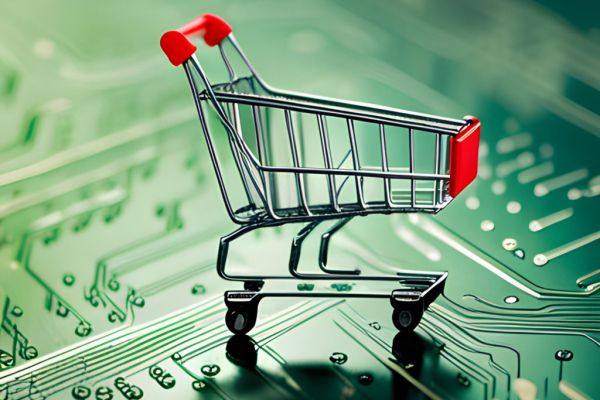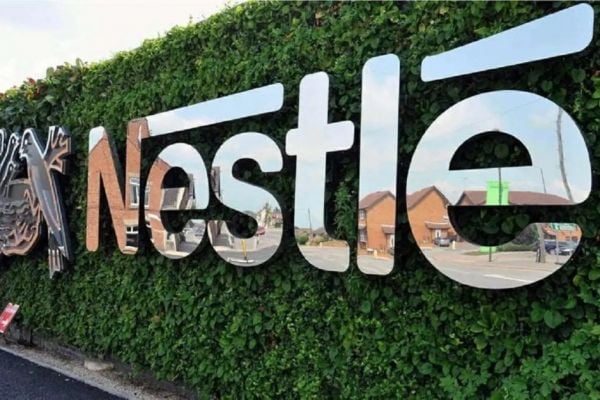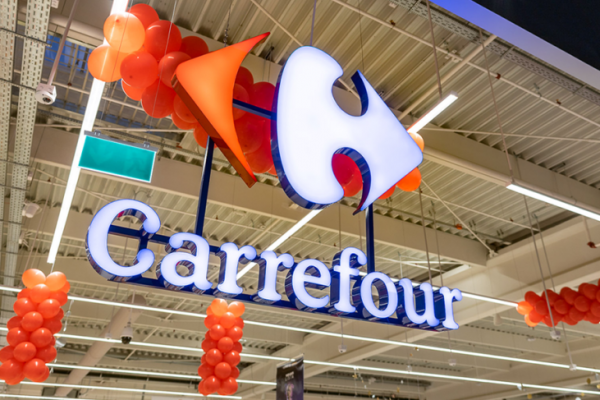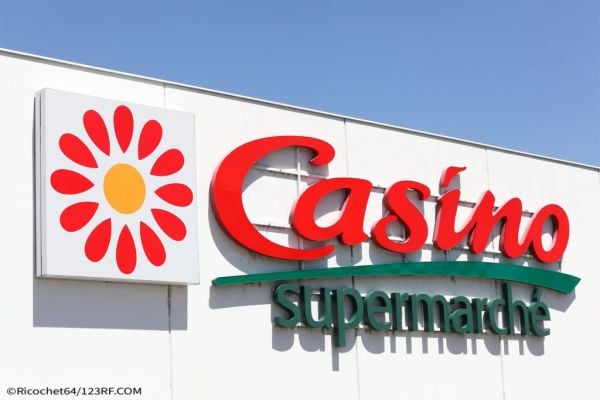After multichannel and omnichannel, are we now entering a world of ‘channel-less’ commerce? That’s the hypothesis put forward by Capgemini, which held a special session at the Consumer Goods Forum Global Summit, alongside Nestlé, on how brands can build the capabilities necessary to ‘compete and win in a channel-less world’.
According to Capgemini, channel-less commerce models operate ‘beyond omnichannel’, blurring the lines between media and sales channels and creating new opportunities to meet and exceed consumer expectations at key digital and physical touchpoints – or, to put it another way, as the title of the session put it (borrowing from the recent Oscar-winning movie), to be ‘everything everywhere all at once’.
At the summit, ESM editor Stephen Wynne-Jones sat down with Owen McCabe, global head of digital commerce, Capgemini, to learn more.
ESM: Terms such as multichannel and omnichannel have been around for some time, and many retailers and CPG firms are only now finally getting their heads around them. Now Capgemini is proposing ‘channel-less’ commerce. Explain what you mean by that.
Owen McCabe: Firstly, the channel-less approach does not deny the existence of channels. Channel-less coexists with omnichannel, modern trade, and traditional trade. Everything up to omnichannel involves a CPG company selling a product to a retailer, who then sells it to the end consumer – a ‘B2B2C’ model.
Channel-less models, on the other hand, tend to be different. While there are some B2B2C aspects, these are more focused on B2C.
The key difference is that, as a CPG company, you now have more control over these platforms, in terms of brand experience, and more responsibility for acquisition and fulfilment. This can be achieved through a third-party logistics provider, a trading partner on a marketplace, or handling it directly in house. At the same time, you have greater access to data.
In short, the distinction between omnichannel, multichannel and channel-less lies in who holds the stock and, ultimately, who is responsible for selling it.
By choosing to adopt a channel-less approach, does this mean that CPGs are likely to shift away from supporting traditional retail structures?
This question was put to Nestlé during the session, and the answer was a clear ‘absolutely not’. In fact, there’s an intersection, in the fact that retailers are also building their own ecosystems. For example, Walmart now operates a marketplace, and it’s only a matter of time before similar trends emerge in Europe.
As the retail format in Europe evolves and more retailers embrace these changes, the distinction between channel-less and omnichannel can become blurred. Some CPG companies may prefer to work with a retailer who already has a well-established ecosystem, rather than building their own. However, if they choose to build their own ecosystem, it creates a more balanced playing field for discussions and collaborations.
Explain the types of data points that might be accessible for CPGs that decide to develop a channel-less strategy.
When I was at P&G, in Ireland, we used to conduct spot interviews with shoppers about the Pringles brand. Some would mention that Pringles was great, but they considered it more of a special-occasion snack, rather than an everyday one, or that it was more expensive than other brands. That’s declarative research, and the pitfall is the think-do gap, i.e. what people do in reality often differs from what they say or think they do when filling in a survey.
With channel-less models, you get behavioural and/or highly intentional data. Behavioural data allows you to track people’s actions through clickstream – you can follow them through the website – and then you have search and social data, which provides intentional insights.
Another valuable source of information is last-mile delivery behaviours, which provide rich insights into occasions. For example, it helps brands understand the interplay between ordering out, eating in, cooking, and overall meal-planning.
Finally, you have third-party marketplaces, where you’re able to look at empirical data to see the things that people want, and where there might be potential white space in your portfolio.
All these sources of data are rich – they’re like high-octane fuel – unlike declarative research or limited information that only shows your own data without the category picture.
With retailers and brands developing their own ecosystems, which are more focused on the consumer journey and how he or she is buying things and engaging with things, is there potential for a lot more sharing and collaboration?
Correct, and the mechanism for doing that already exists – we do a lot of ‘clean room’ work with clients – but because of the heavy regulations around data, data-sharing and privacy, it comes with a lot of infrastructure. You need an honest third-party broker to take two data sets from a retailer and a supplier, or from retail and supply channels, and bring them together.
Clean rooms are becoming a major opportunity for leveraging AI across data sets because you don’t necessarily want your data set to be part of the learning for large-scale learning models, going forward.
With an ecosystem that allows you to build a better understanding of where your consumers are buying your products and in what channel, you can separate the valuable insights from the less valuable ones. This enables targeted marketing to specific consumer bases with products that are a perfect fit. So, is the next iteration of this approach going to be hyper-personalisation, to a certain degree?
The opportunity for personalisation is there, but the rationale or the desirability of hyper-personalisation is not necessarily as obvious as you might think.
If I was doing luxury items or high-engagement categories with high ticket prices, I might think it’s good to do something specially for a particular shopper, given everything I know about him or her, but if I was selling a low-ticket item, such as butter, I might not be that fussed.
The ladder of personalisation is an interesting one. I think 90% of our industry would be happy with the first rung on the ladder, which is about relevance and context. If you can use AI to cross-reference relevance and context, it can be very valuable.
If I was to offer you a bottle of water right now, you might say, ‘I don’t need one,’ but if I offered you a bottle of water after you’ve spent six hours on the golf course, with the sun beaming down on you, you would jump at it. So, it’s a case of hitting them when you know they want a product, or when they’re open to it.
Read More: More Than Half Of Consumers Concerned About Financial Situation, Study Finds
The consumer is constantly changing. Is a channel-less approach a way of future-proofing a brand’s marketing strategy?
One way to frame it, which I think is interesting, is where retailers want to participate with Gen Z. If you want to operate in their world, you shouldn’t think in terms of traditional channels, either from a media or sales perspective. It’s the wrong approach. They don’t spend time on traditional media – if you’re not on TikTok, they won’t discover your product.
So, product discovery will probably happen in channel-less models more and more. A Gen Z consumer might encounter your content on a channel, but they’re not actively ‘tuning in’ to a particular channel.
Read More: 10 Grocery Industry Trends To Watch In 2023: Capgemini
© 2023 European Supermarket Magazine – your source for the latest retail news. Image created via 123rf.com AI Image Generator. Article by Stephen Wynne-Jones. Click subscribe to sign up to ESM: European Supermarket Magazine.














